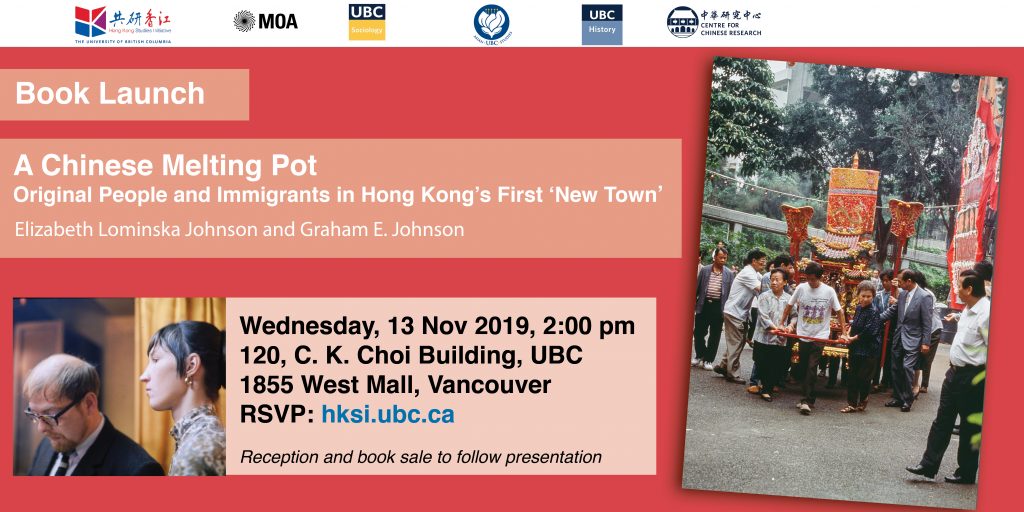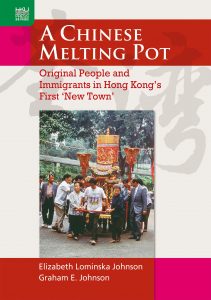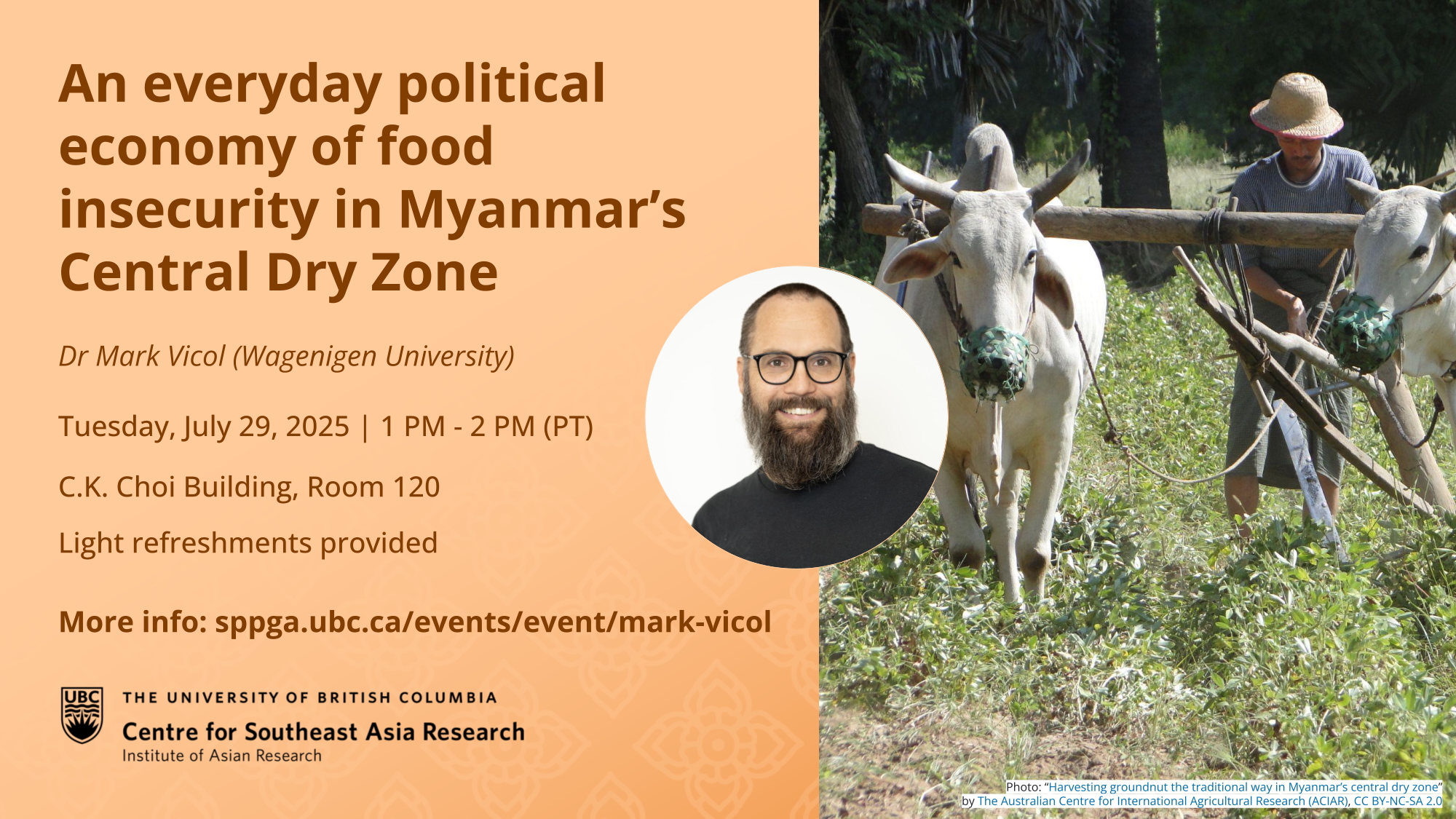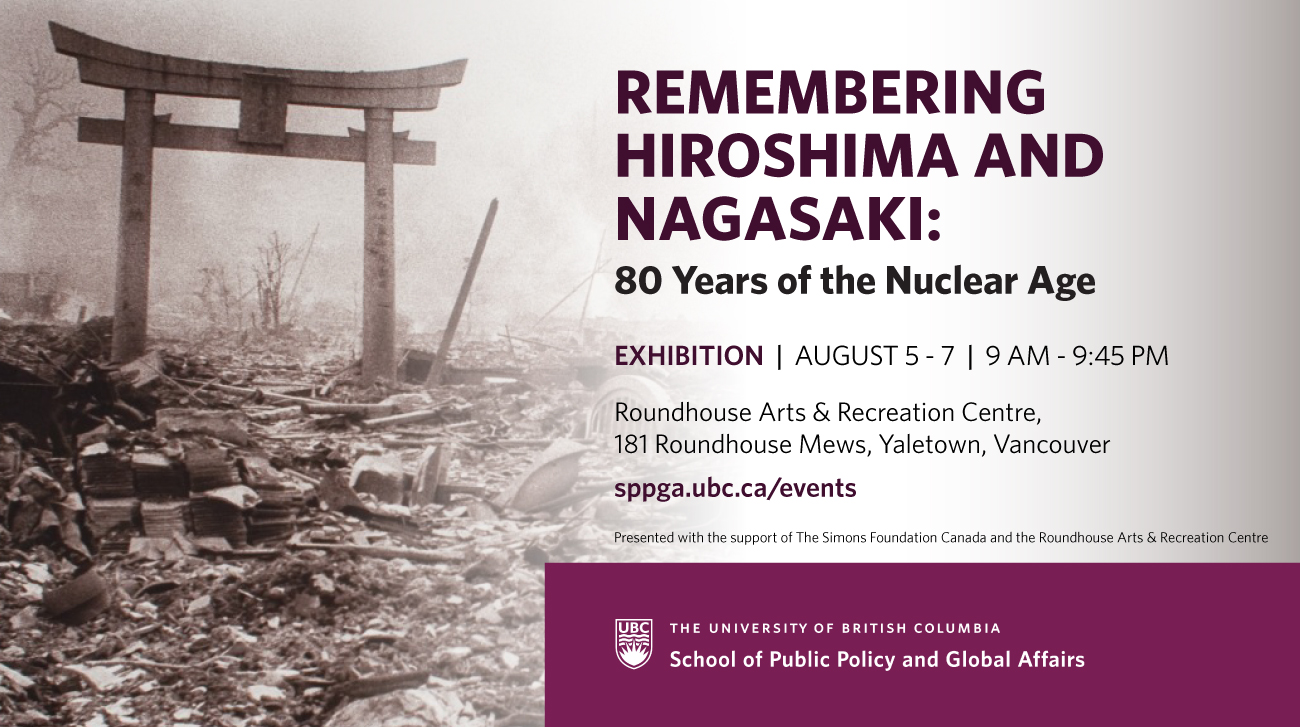

Book Launch
Wednesday, 13 November 2019, 2:00 pm
A Chinese Melting Pot: Original People and Immigrants in Hong Kong’s First ‘New Town’
Dr. Elizabeth Lominska Johnson and Dr. Graham E. Johnson
120, C. K. Choi Building, UBC
1855 West Mall, Vancouver
Reception and book sale to follow presentations
Drawing on research in anthropology and sociology conducted over the past fifty years, as well as lived experience, Elizabeth and Graham Johnson have produced a study of the mid-twentieth century transformation of a rural district in Hong Kong’s New Territories into a chaotic industrial city. Conditions deteriorated to the point that the colonial government had to abandon its laissez-faire policy and designate it the first ‘new town’ on the British town planning model. By the 1980s, dramatic change on both sides of the border resulted in its development into a post-industrial city.
Their work has implications beyond its specific location: scholars of history, anthropology and sociology, urban planning, ethnomusicology, women’s studies, political science, ethnic relations, and China studies in general will find it meaningful—and the authors hope that it may help to provide insight into the unforeseen challenges facing contemporary Hong Kong.

Tsuen Wan was incorporated into Hong Kong’s New Territories in 1898. The original inhabitants were Hakka, and settled the area in the 18th century. They were guaranteed land rights, which were central to later developments, by the colonial government. After the Japanese war, the town was overwhelmed by vast numbers of immigrants fleeing war and revolution and seeking employment in rapidly-developing industries established by immigrant Shanghai entrepreneurs. The newcomers were welcomed as tenants, but in the absence of firm planning guidelines, their numbers far exceeded the town’s ability to house them. The original inhabitants were firmly rooted in villages and elaborate kinship organizations; the immigrants similarly relied on voluntary associations to help them face the many challenges that change brought into their lives. Over time, and especially under Governor MacLehose, the government became more interventionist and developed Tsuen Wan as the first ‘new town’ in the New Territories. In recent years, the culture of the original inhabitants has become diluted and differences among immigrants have diminished as all have assumed a general Hong Kong identity.
The authors began studying Tsuen Wan while earning their PhDs at Cornell University. Both spent their professional careers at the University of British Columbia. Elizabeth Lominska Johnson was curator at the Museum of Anthropology, while Graham E. Johnson was professor of sociology.
This event is co-hosted by: Hong Kong Studies Initiative, Museum of Anthropology, Department of Sociology, Department of Asian Studies, Department of History, and Centre for Chinese Research.

